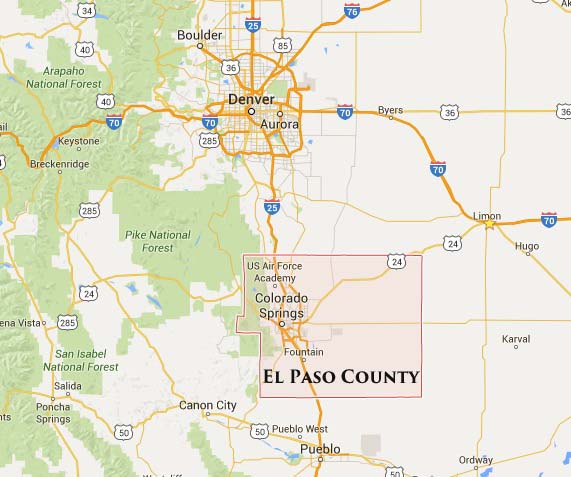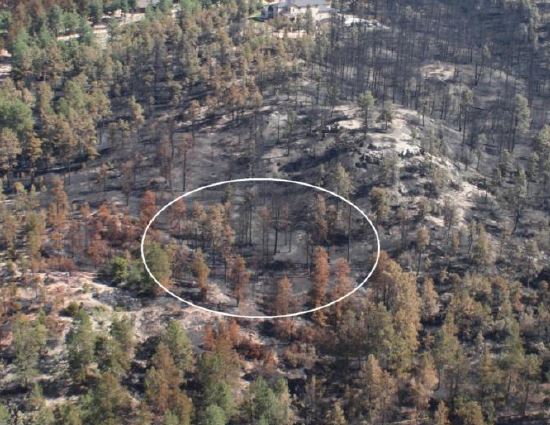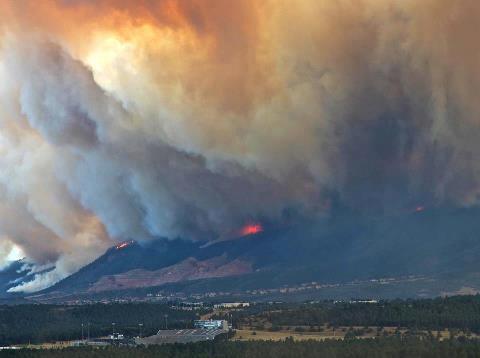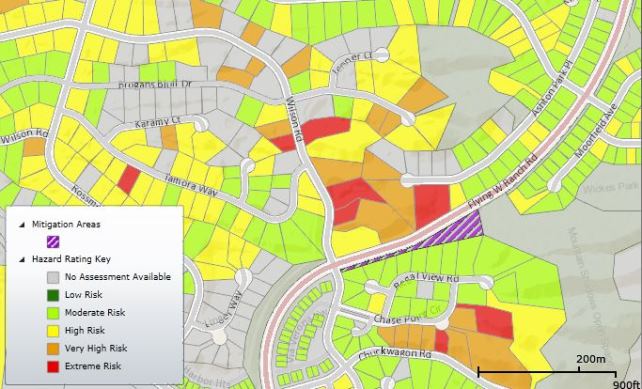 El Paso County, Colorado is home to the state’s most destructive fires. In 2012, the Waldo Canyon Fire burned more than 18,000 acres, destroyed 347 homes in Colorado Springs and killed two people. Almost exactly a year later, the Black Forest Fire ignited east of the city and burned more than 15,000 acres, 486 homes and killed two people.
El Paso County, Colorado is home to the state’s most destructive fires. In 2012, the Waldo Canyon Fire burned more than 18,000 acres, destroyed 347 homes in Colorado Springs and killed two people. Almost exactly a year later, the Black Forest Fire ignited east of the city and burned more than 15,000 acres, 486 homes and killed two people.
Ryan Maye Handy wrote an article in the Colorado Springs Gazette that looks at some of the proposals being considered, and in some cases rejected, that could enhance the area’s ability to live with the inevitable fires still to come. Below is an excerpt.
…While El Paso County has taken some steps to address wildfire risk, land use experts say officials could do much more.
Unlike the city of Colorado Springs, which heavily regulates building in wildfire zones, the county has no universal fire code standard. Instead, it has a patchwork of fire codes and land use regulations that vary between more than 26 fire districts. New subdivisions in wildfire zones must meet special wildfire criteria, but individual homes do not have to be built with fire resistant material or have mitigated properties. County master plans for development, while offering guidelines, are years and in some cases decades out of date and make no mention of wildfire.
Ultimately, economic and logistical concerns have kept the El Paso County commissioners from issuing broad regulations for building in wildfire zones, and the result is that many homeowners and areas remain vulnerable to fire.
[…]
While refraining from adopting county-wide fire codes might spare El Paso County residents economic hardship, the decision doesn’t take into account the economic consequences of managing a wildfire, experts say. Wildfires cost money to fight, typically taxpayer money, and the U.S. Forest Service spends a third of its budget defending homes in wildfire zones….



